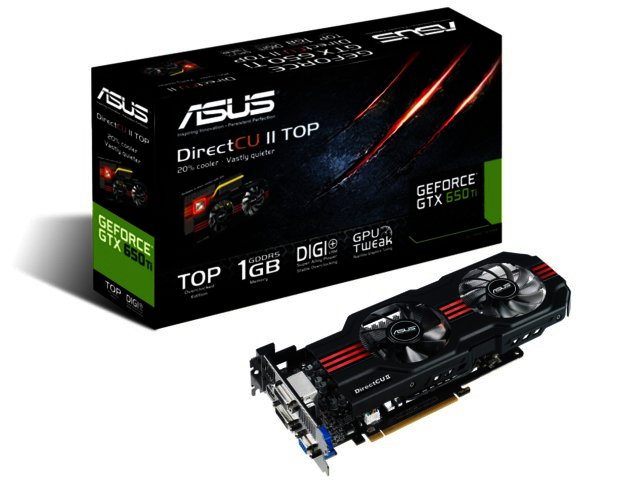Nvidia unveils the GeForce GTX 650 Ti GPU
By Hanleigh Daniels 11 October 2012 | Categories: news
It has been a busy couple of months for graphics card and mobile CPU maker Nvidia, with the recent launches of the GeForce GTX 660 Ti GPU, as well as the GeForce GTX 660 and GTX 650. However, the company is still not done, as it has now introduced the GeForce 650 TI.
This GPU slots in above the GeForce GTX 650 and is around 40% faster than that graphics card, according to Nvidia. It boasts 768 CUDA Cores, a base clock of 925 MHz, and 1024 MB worth of dedicated GDDR5 RAM.
In terms of connectivity, the GeForce GTX 650 Ti offers a dual link DVI-I, dual link DVI-D, as well as one mini HDMI slot. Users who wish to add this graphics card to their gaming rig or PC will require a PSU (power supply unit) of at least 400 W.
The GeForce GTX 650 Ti is based on the same Kepler architecture found in the firm’s more expensive graphical options such as the GeForce GTX 680 and GeForce GTX 670. This GPU sports support for full HD (1080p) HD gaming as well as Nvidia’s 3D Vision stereoscopic 3D gaming experience over 3D monitors or 3D TV sets.
Nvidia stated that the GeForce GTX 650 Ti makes it possible for gamers that are using previous-generation technology, to upgrade to a new graphics card without breaking their budget. Compared to its GeForce 9600 GT for instance, the new GTX 650 Ti delivers more than five times the gaming performance even with all the DX11 features turned on.
The GeForce GTX 650 Ti is currently available Stateside from Nvidia’s add-in card suppliers the likes of EVGA, Gainward, Leadtek, MSI, Palit, and Sparkle. Nvidia’s GeForce GTX 650 Ti will become available locally from Asus South Africa soon, but no pricing info is available as yet.
In related news, HTC recently unveiled a refreshed version of the One X smartphone that still boasts the excellent 4.7" (720p) Super LCD 2 touchscreen, but operates on Android Jelly Bean and is powered by a snappier version of Nvidia’s Tegra 3 quad-core processor that is clocked at 1.7 GHz.
Most Read Articles

Have Your Say
What new tech or developments are you most anticipating this year?



